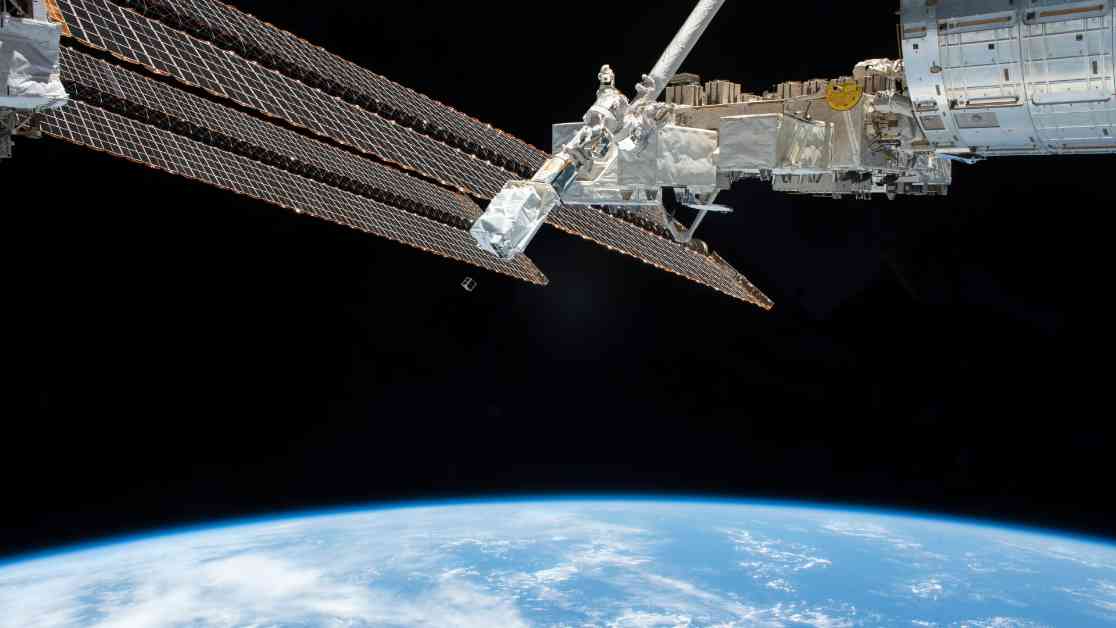In the realm of space exploration, the growing threat of cyberattacks poses a significant challenge to the safety and integrity of critical space infrastructure. From spacecraft to satellites, these systems are vulnerable to increasingly sophisticated cyber threats that could have devastating consequences. William Russell, director of contracting and national security acquisitions at the U.S. Government Accountability Office, highlights the unique constraints of operating in space, where physical access for repairs or updates after launch is not possible.
Space infrastructure faces threats across three key segments: in space, on the ground segment, and within the communication links between the two. A breach in any of these segments could lead to cascading failures with severe implications. Wayne Lonstein, co-founder and CEO at VFT Solutions, emphasizes that threats to critical infrastructure on Earth can also create vulnerabilities in space.
The integration of artificial intelligence (AI) into space projects has further heightened the risk of cyberattacks. AI systems, which allow for more decision-making with less human oversight, are susceptible to attacks such as data poisoning and model inversion. Sylvester Kaczmarek, chief technology officer at OrbiSky Systems, warns that compromised AI systems could be used to interfere with or take control of vital national space missions.
To address these risks, strict access controls, authentication mechanisms, and error correction protocols are essential. Lonstein suggests rigorous testing of AI systems in simulated space conditions before deployment, as well as implementing redundant systems to safeguard against unexpected breaches. Manual override capabilities are crucial for ground control to intervene in AI decision-making when necessary.
The rivalry between the U.S. and China in space has raised concerns about cyberattacks targeting critical orbital assets. Both nations are intensifying their space ambitions, increasing the risk of cyber threats as they seek technological superiority. Notable cyberattacks in recent years have targeted critical space-based technologies, highlighting the need for enhanced cybersecurity measures.
To combat these threats, private companies and government agencies must leverage all available cybersecurity tools, including encryption, intrusion detection systems, and collaboration with organizations like the Cybersecurity and Infrastructure Security Agency. Silicon Valley tech companies like Microsoft, Amazon, Google, and Nvidia are playing a crucial role in advancing cybersecurity measures for space technologies.
Microsoft, for example, has partnered with the U.S. Space Force to provide cloud computing infrastructure, simulations, and data management tools to support and secure a wide range of missions. Google Cloud, Amazon Web Services, and Nvidia offer cloud infrastructure and AI capabilities to process and analyze satellite data. However, Lonstein warns against excessive reliance on technology in space operations, emphasizing the importance of maintaining human operators’ skills and knowledge to mitigate risks of catastrophic failures.
As the space race continues to evolve, the protection of critical space infrastructure against cyber threats remains a top priority. Collaborative efforts between government agencies, private companies, and tech innovators are essential to safeguarding the integrity and security of space missions in the face of growing cybersecurity challenges.

















